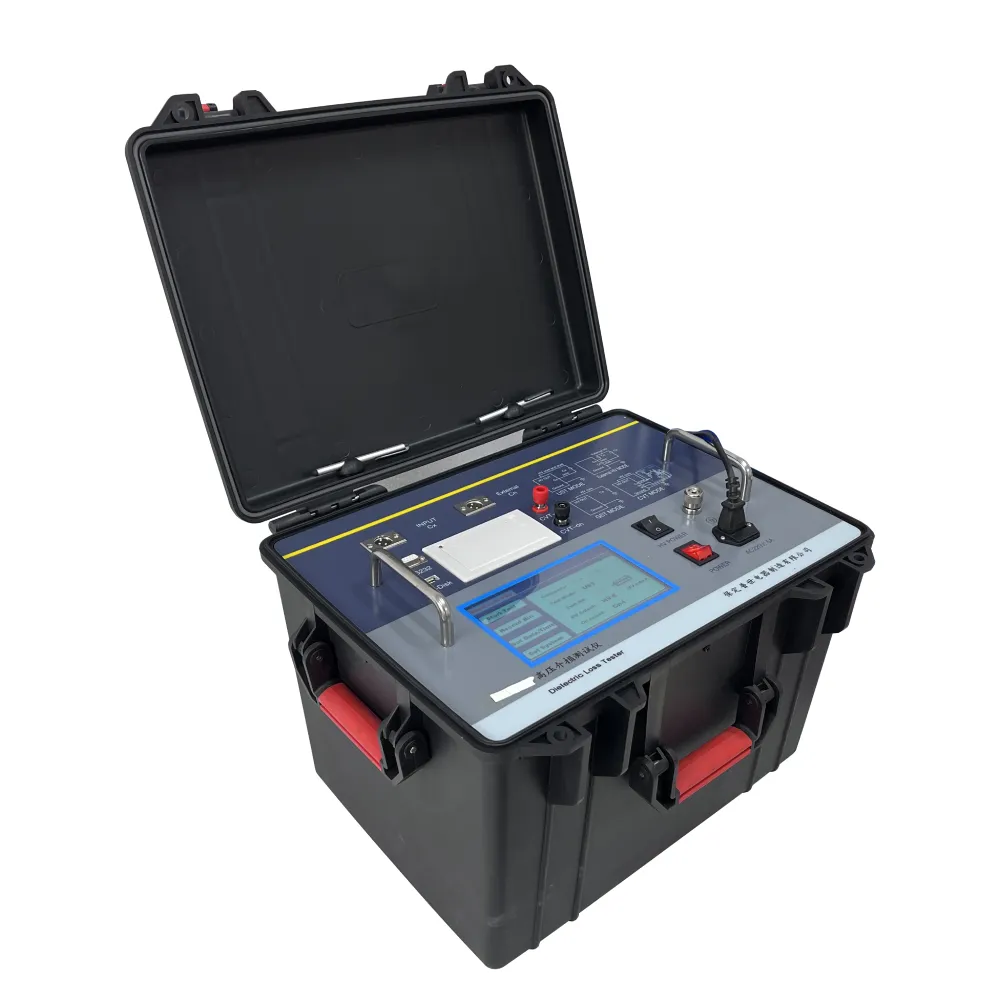 English
English



-
 Afrikaans
Afrikaans -
 Albanian
Albanian -
 Amharic
Amharic -
 Arabic
Arabic -
 Armenian
Armenian -
 Azerbaijani
Azerbaijani -
 Basque
Basque -
 Belarusian
Belarusian -
 Bengali
Bengali -
 Bosnian
Bosnian -
 Bulgarian
Bulgarian -
 Catalan
Catalan -
 Cebuano
Cebuano -
 China
China -
 China (Taiwan)
China (Taiwan) -
 Corsican
Corsican -
 Croatian
Croatian -
 Czech
Czech -
 Danish
Danish -
 Dutch
Dutch -
 English
English -
 Esperanto
Esperanto -
 Estonian
Estonian -
 Finnish
Finnish -
 French
French -
 Frisian
Frisian -
 Galician
Galician -
 Georgian
Georgian -
 German
German -
 Greek
Greek -
 Gujarati
Gujarati -
 Haitian Creole
Haitian Creole -
 hausa
hausa -
 hawaiian
hawaiian -
 Hebrew
Hebrew -
 Hindi
Hindi -
 Miao
Miao -
 Hungarian
Hungarian -
 Icelandic
Icelandic -
 igbo
igbo -
 Indonesian
Indonesian -
 irish
irish -
 Italian
Italian -
 Japanese
Japanese -
 Javanese
Javanese -
 Kannada
Kannada -
 kazakh
kazakh -
 Khmer
Khmer -
 Rwandese
Rwandese -
 Korean
Korean -
 Kurdish
Kurdish -
 Kyrgyz
Kyrgyz -
 Lao
Lao -
 Latin
Latin -
 Latvian
Latvian -
 Lithuanian
Lithuanian -
 Luxembourgish
Luxembourgish -
 Macedonian
Macedonian -
 Malgashi
Malgashi -
 Malay
Malay -
 Malayalam
Malayalam -
 Maltese
Maltese -
 Maori
Maori -
 Marathi
Marathi -
 Mongolian
Mongolian -
 Myanmar
Myanmar -
 Nepali
Nepali -
 Norwegian
Norwegian -
 Norwegian
Norwegian -
 Occitan
Occitan -
 Pashto
Pashto -
 Persian
Persian -
 Polish
Polish -
 Portuguese
Portuguese -
 Punjabi
Punjabi -
 Romanian
Romanian -
 Russian
Russian -
 Samoan
Samoan -
 Scottish Gaelic
Scottish Gaelic -
 Serbian
Serbian -
 Sesotho
Sesotho -
 Shona
Shona -
 Sindhi
Sindhi -
 Sinhala
Sinhala -
 Slovak
Slovak -
 Slovenian
Slovenian -
 Somali
Somali -
 Spanish
Spanish -
 Sundanese
Sundanese -
 Swahili
Swahili -
 Swedish
Swedish -
 Tagalog
Tagalog -
 Tajik
Tajik -
 Tamil
Tamil -
 Tatar
Tatar -
 Telugu
Telugu -
 Thai
Thai -
 Turkish
Turkish -
 Turkmen
Turkmen -
 Ukrainian
Ukrainian -
 Urdu
Urdu -
 Uighur
Uighur -
 Uzbek
Uzbek -
 Vietnamese
Vietnamese -
 Welsh
Welsh -
 Bantu
Bantu -
 Yiddish
Yiddish -
 Yoruba
Yoruba -
 Zulu
Zulu
Exploring the Potential of BDV Transformer in Advanced Data Processing Solutions
Exploring the BDV Transformer A Breakthrough in Data Processing
In recent years, the rapid evolution of artificial intelligence and machine learning technologies has paved the way for advanced models that can process and understand data more efficiently. One of the most exciting developments in this field is the BDV Transformer, a model that showcases significant improvements over traditional architectures in various applications, including natural language processing, image recognition, and beyond.
What is the BDV Transformer?
The BDV Transformer is an innovative architecture that builds upon the foundations laid by its predecessors, including the original Transformer model introduced by Vaswani et al. in 2017. The term BDV stands for Bidirectional Deep Vectorization, which highlights the model's unique approach to handling data. The BDV Transformer leverages bidirectional attention mechanisms, allowing it to consider context from both past and future input sequences simultaneously, thereby providing a more comprehensive understanding of the data.
Key Features
One of the standout features of the BDV Transformer is its ability to handle multimodal data. This means it can simultaneously process different forms of data, such as text, images, and audio. By utilizing deep vectorization techniques, the BDV Transformer creates rich embeddings that capture intricate relationships between diverse data types. For instance, in a video analysis application, the model can analyze the audio, visual frames, and associated text to provide a more holistic interpretation of the content.
bdv transformer

Another significant advancement is its improved efficiency in training and inference. Traditional Transformers often require significant computational resources, making them less accessible for smaller organizations or applications. The BDV Transformer addresses this limitation by optimizing the attention mechanism, reducing the overall complexity and making it faster while maintaining high performance. This optimization allows researchers and developers to deploy the model in real-time applications where latency and responsiveness are critical.
Applications of the BDV Transformer
The applications of the BDV Transformer are vast and varied. In the realm of natural language processing, the model has demonstrated remarkable capabilities in tasks like sentiment analysis, language translation, and text summarization. Its bidirectional context understanding enhances performance in understanding nuanced language patterns, leading to more accurate results.
In computer vision, the BDV Transformer has been successfully employed in image captioning and object detection. The ability to integrate visual data with textual annotations enables the model to generate more contextually relevant captions and improve overall task accuracy. Additionally, the model’s multimodal capabilities position it well for applications in augmented reality and virtual reality, where seamless interaction between various data types is essential.
Conclusion
The BDV Transformer represents a significant leap forward in the field of AI and machine learning. By incorporating bidirectional attention and optimizing processing efficiency, it opens up new possibilities for handling multimodal data across diverse applications. As researchers continue to explore and refine this model, we can anticipate further advancements that will enhance how machines understand and interact with the world around them. The implications of such technologies are profound, paving the way for smarter applications that can better serve the needs of society. As we move deeper into the era of AI, the BDV Transformer stands out as a beacon of innovation and potential.
-
Using Distillation Range Testers in the Food and Beverage IndustryNewsApr.16,2025
-
The Impact of IoT on Distillation Range Tester PerformanceNewsApr.16,2025
-
The Best Distillation Range Testers for Extreme ConditionsNewsApr.16,2025
-
How Distillation Range Testers Save Time and MoneyNewsApr.16,2025
-
Distillation Devices for Advanced Separation TechniquesNewsApr.16,2025
-
Common Mistakes to Avoid When Using a Distillation Range TesterNewsApr.16,2025



